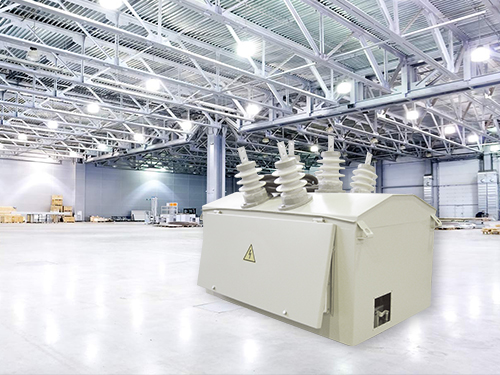Description
PUS/TER accounting and partitioning point (recloser)
One of the important activities of Bryansk Electrotechnical Plant LLC is the production of modern equipment for electrical networks, an element of which are accounting and partitioning points (reclosers). Extensive work experience, prompt response to customer requests, continuous improvement of products and production technologies – makes us one of the best manufacturers of accounting and partitioning systems in the region on the market.
The metering and partitioning point (hereinafter referred to as PUS) are designed to operate in three-phase AC overhead distribution networks with a frequency of 50 Hz and a rated voltage of up to 10 kV. Points, as a rule, are used for commercial (settlement) accounting and partitioning of consumed active and reactive electrical energy, and are a promising replacement for outdated solutions :- YAKNO, KRUN, KRN, and a competitive solution for projects using reclosers.
Advantages of using accounting points and partitioning of PUS/TER (recloser)
- Ability to keep records at the border of the balance sheet, if it passes along the side of 10 (6) kV;
- Commercial losses of electricity are reduced, pockets of theft are revealed;
- Number of serviced meters on the 0.4 kV side is reduced several times;
- Ability to control power consumption by the consumer, as well as introduce restrictive measures;
- The reliability of the power supply of a separate feeder increases, since all emergency processes on the line behind the PUS will be partitioned and will not affect the supply of other consumers.
- Ability to remotely (from the dispatcher's console) enable/disable consumers.
- During installation, construction work on the installation and installation of the foundation is not required.
Integration into the telemechanics system
PUS/TEL It has extensive integration capabilities into various AIIS CUE or SCADA systems.
Integration can be carried out:
- via GSM channel (the most common method);
- on the radio channel;
- on the VOLS channel.
PUS/TEL supports the following protocols and interfaces for integration into management systems:
- RS-485, RS-232 interfaces for connection of channel-forming equipment;
- Data transfer protocols : MODBUS RTU; МЭК 60870-101, МЭК 60870 104; DNP3
The list of equipment for the integration of PUS/TEL in SCADA or AIIS KUE:
- a computer with a SCADA or AIIS KUE system installed;
- expansion card for two COM ports, if they are not included in the basic PC configuration;
- two sets of GSM communication (modem/controller, antenna):
- one modem or controller is installed on the PUS/TEL, one is installed on the control room for receiving and transmitting information;
- power supply unit for GSM modem to the control room. The GSM modem is powered in PUS/TEL by an internal power supply;
sim cards.PUS/TEL provides support for any data transfer protocols. Support is provided subject to the provision of information about the structure of the protocol.

Pic.1 – Block diagram of the transmission of TU/TS signals between the PUS/TEL and the control room

